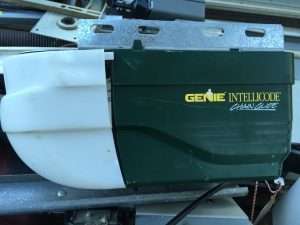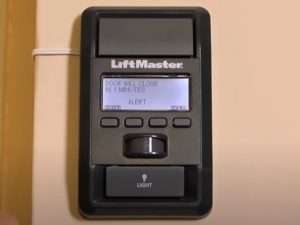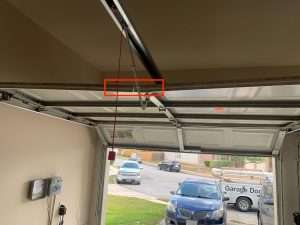Garage Door Motor Runs But Door Doesn’t Move? Here’s Why
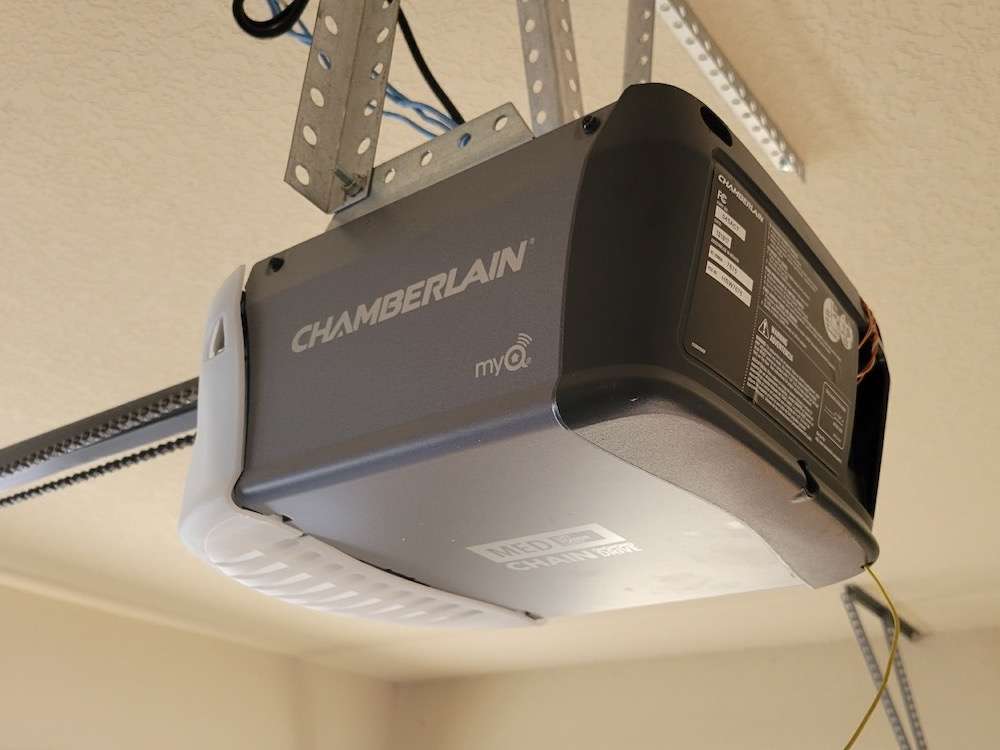
There are two common phone calls you can guarantee that garage door companies will receive every day. The first is my garage door won’t close, and the second is the motor runs, but the garage door won’t move.
Typically, these issues can be solved over the phone with a short conversation. In this article, we will discuss the most common reasons why your garage door is not moving while the motor is running. You may have a simple issue you can resolve yourself, therefore saving you a service call fee.
Trolley is Disengaged on Garage Door Motor
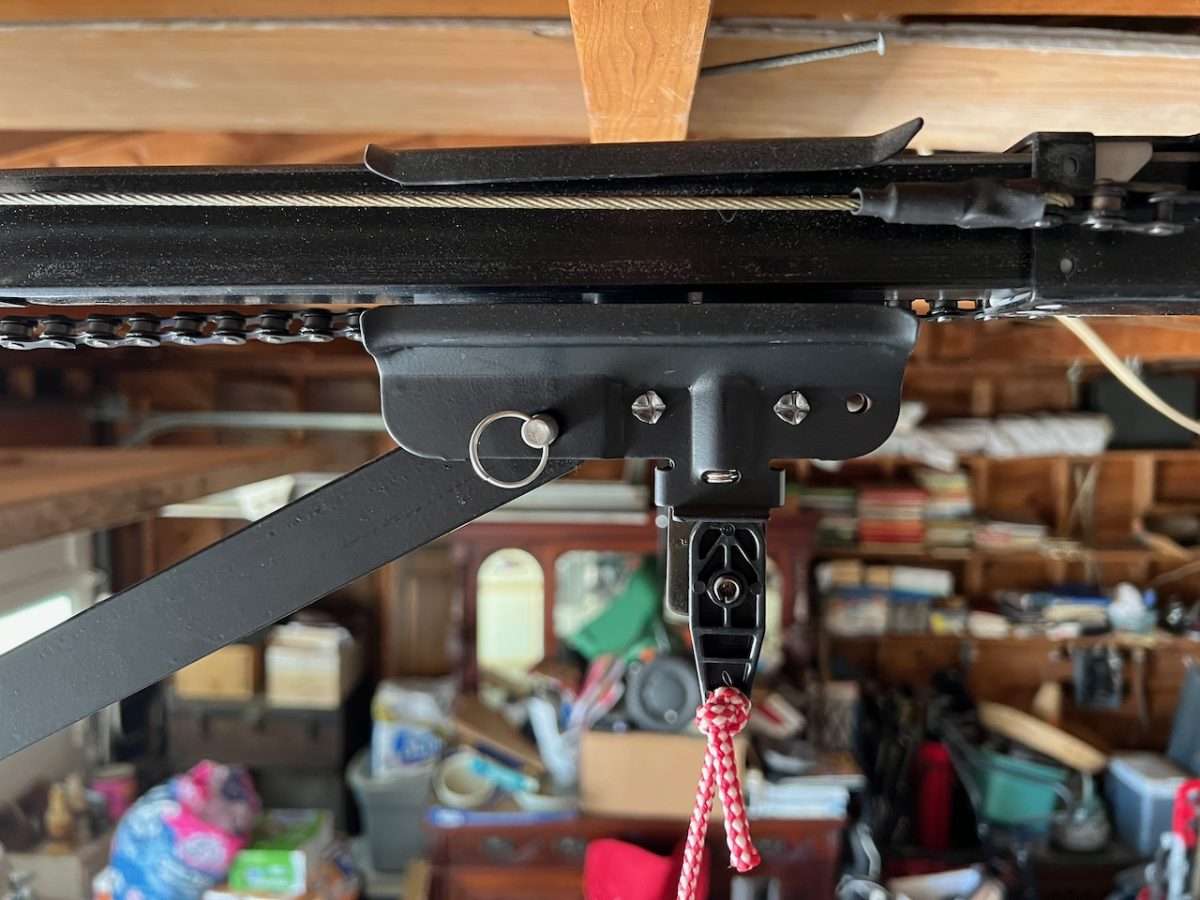
The most common reason why your garage door motor is running, and the door isn’t moving, is because someone has pulled the red emergency release rope. A disengaged opener trolley will not connect with the inner slide, which means your garage door will not move when you press the button.
If you are experiencing this issue, you will need to reconnect the opener trolley, so it will engage with the inner slide. This allows your opener to now move your garage door up and down when you press the button. The last thing you want is to pay for a service call when the only problem was the carriage needed to be reconnected.
Stripped Drive Gear Inside Motor
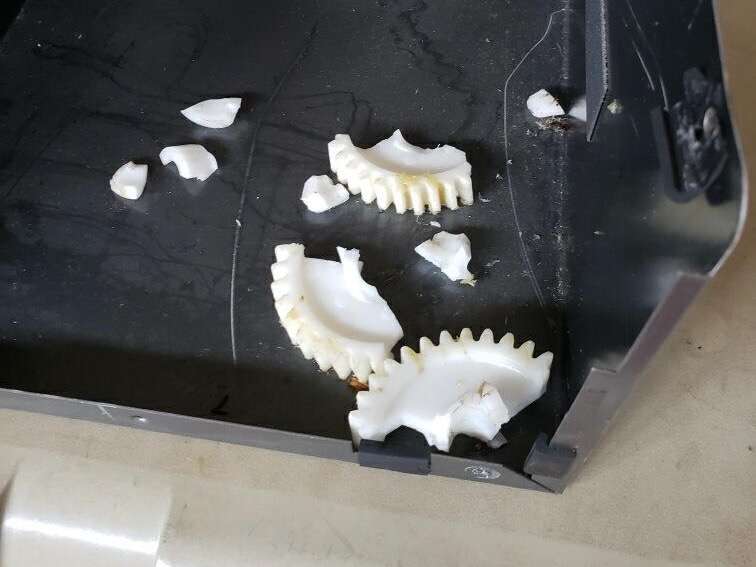
One of the more popular repairs any garage door company will do is replace a stripped drive gear on a LiftMaster, Chamberlain, or Craftsman garage door opener. These openers have a white plastic drive gear that is connected to a shaft that runs up through the top of the opener where the sprocket is welded.
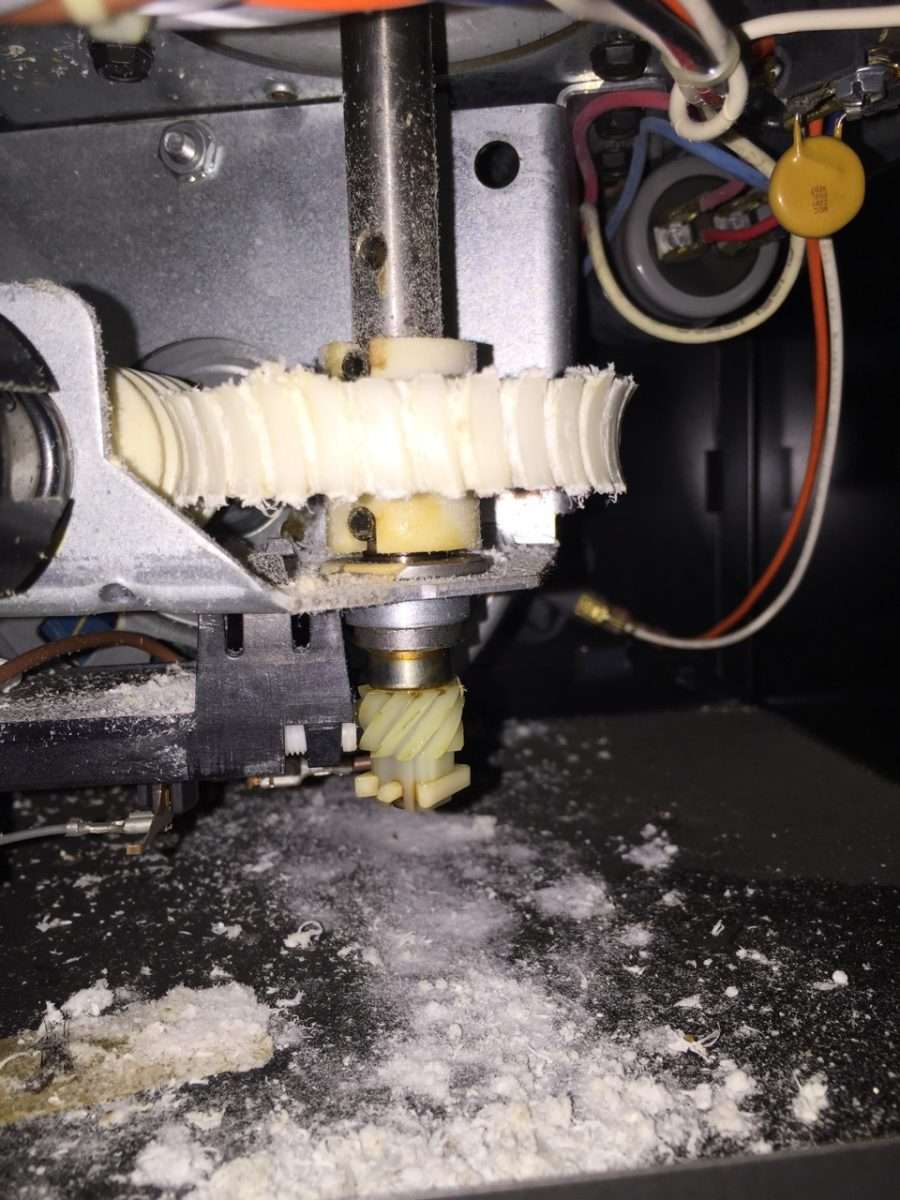
To see this, you will need to first remove the cover of the opener, but make sure to unplug the unit before doing so. Inside you will see white plastic shavings inside where the gear has stripped off the teeth. If your drive gear is stripped, we recommend having the complete gear and sprocket assembly replaced. If your opener is old, you may opt to replace the complete unit.
Stripped Coupler on Screw Drive Opener

All screw drive garage door openers use a coupler to connect the motor to the screw drive rail. This part is usually made of plastic, and it is a sacrificial part, like a shear pin on a tractor. If your motor is running on your screw drive opener but the screw drive rail itself is not spinning, then you have a stripped coupler.
LiftMaster, Chamberlain, and Craftsman screw drive openers have this coupler on top of the motor sitting in plain sight. If it’s broken, you will be able to see it quickly by grabbing a step stool and looking on top.
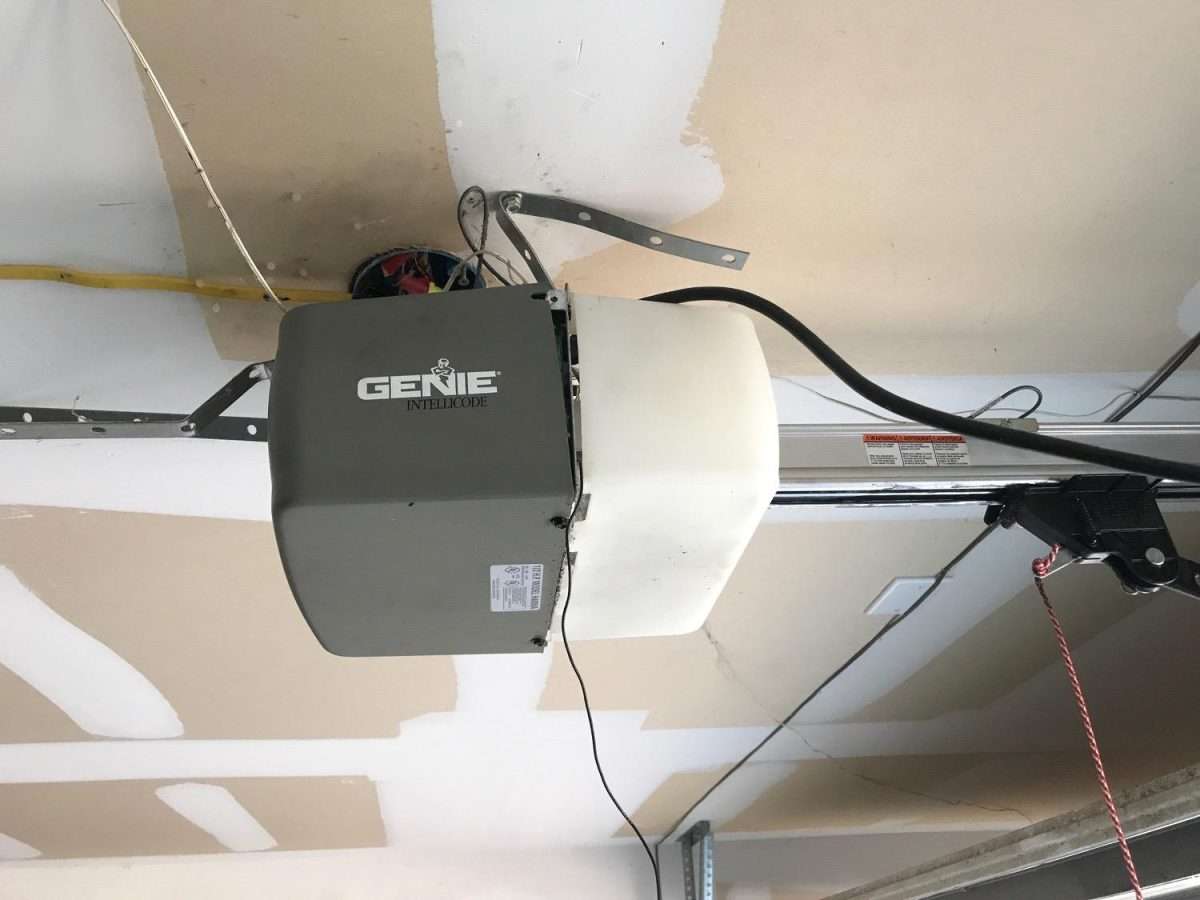
The coupler on Genie screw drive openers is hidden right in between where the rail meets the motor. You will need to remove the two bolts that connect the rail to the motor head, so you can pull them apart and remove the coupler with needle nose pliers. It will most likely be stripped or rounded over and need to be replaced.
Chain is Hanging Off Garage Door Opener
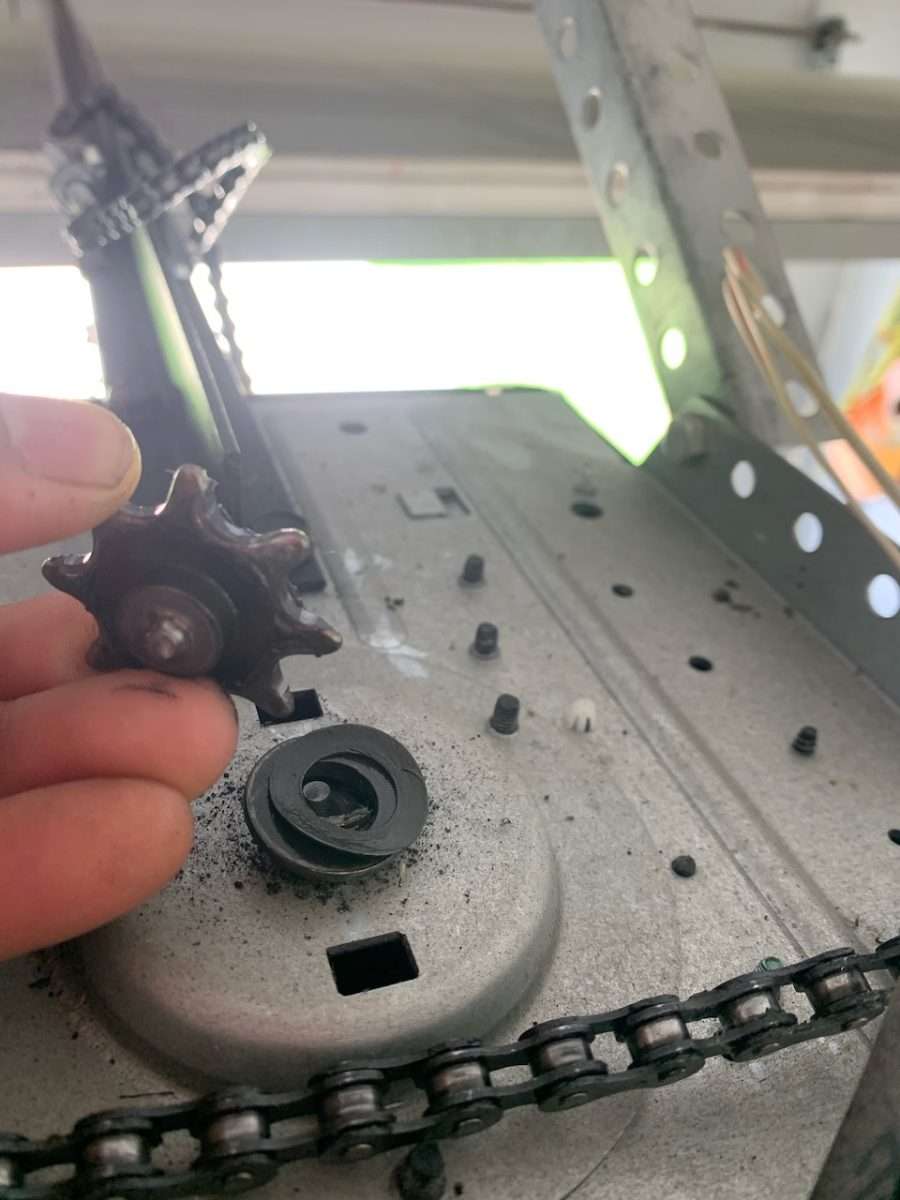
If the chain is hanging off your garage door opener, you most likely have a broken sprocket on top of the motor. A loose chain on your opener can be a sign that the top sprocket is starting to wear. The chain will get loose over time as the bushings start to wear.
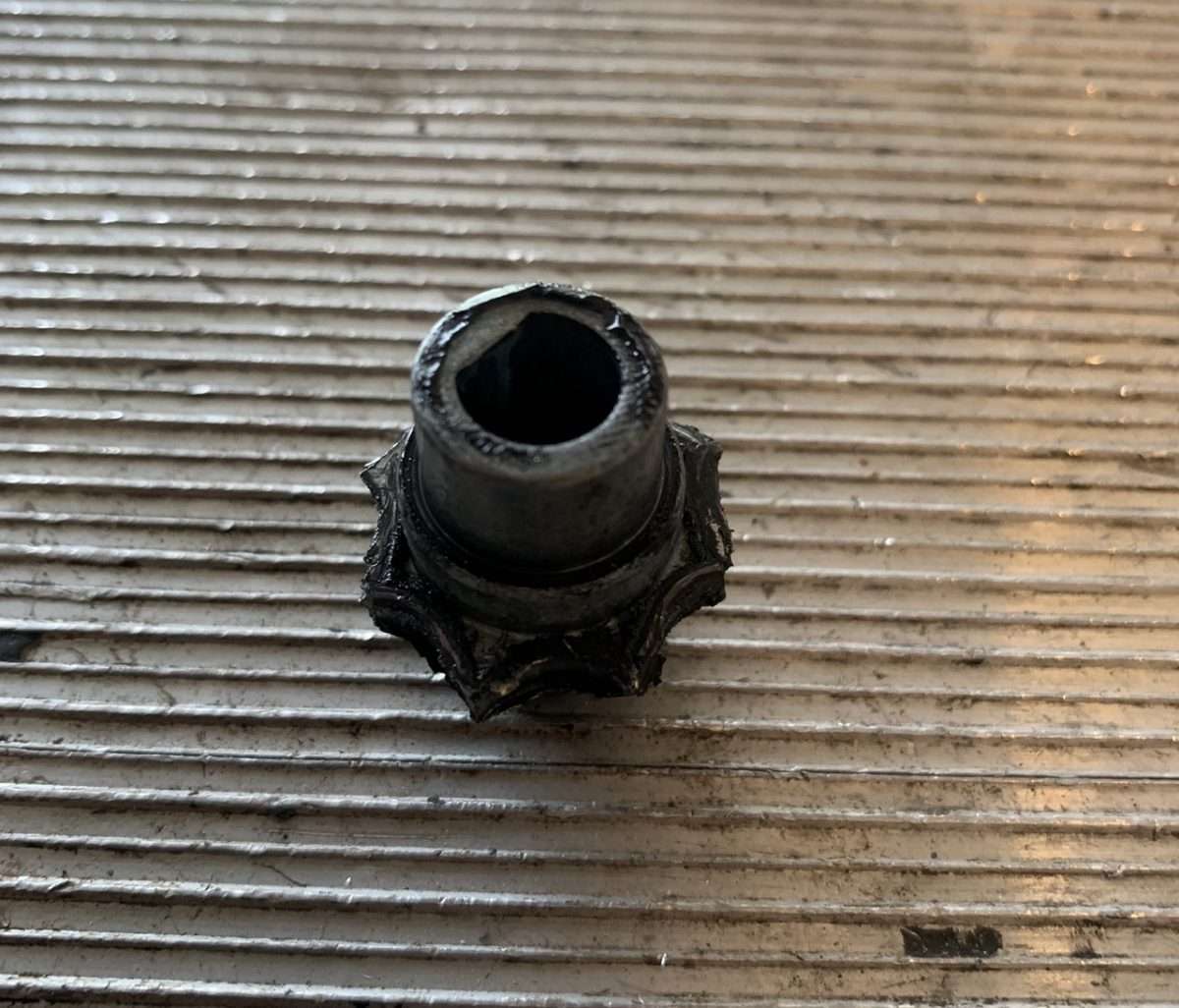
Some opener chain sprockets will completely shear off, while others will stay in place, but the teeth will be completely stripped off. This is what you will see on Linear openers, since the chain sprocket sits in a plastic holder. Because the sprocket doesn’t come off, the chain will be loose but not hanging down like on other models.
Genie Screw Drive Carriage is Stripped
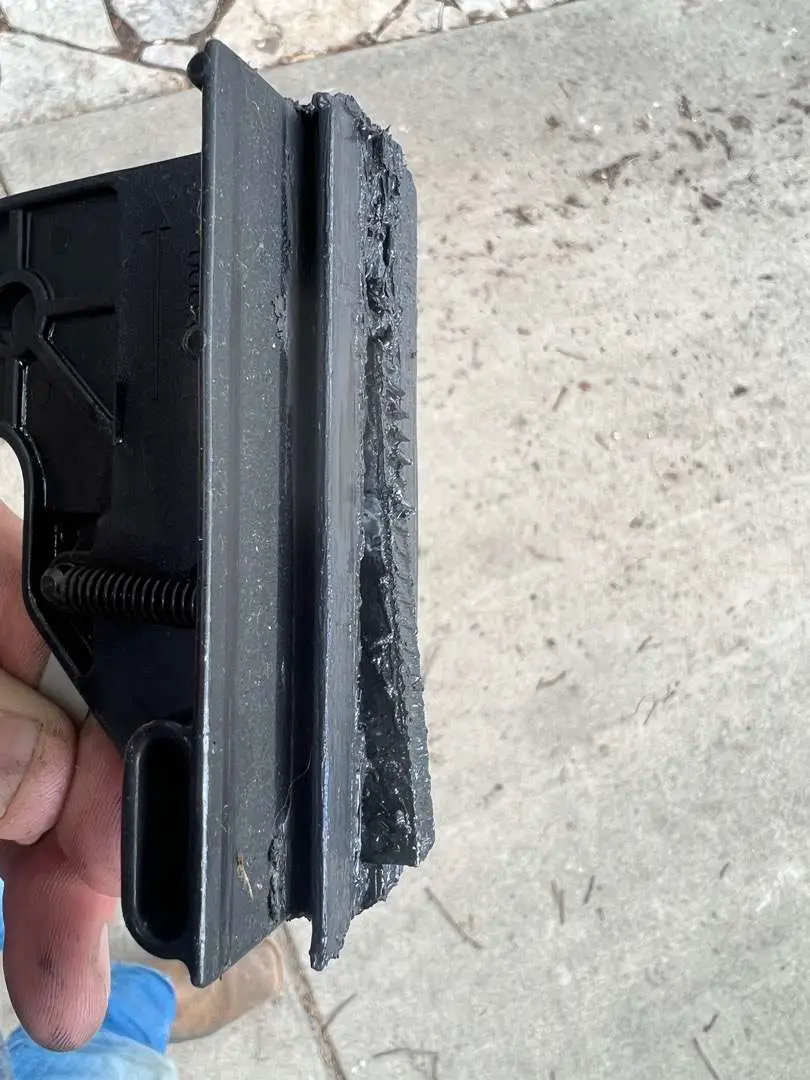
Older Genie Pro screw drive garage door openers were legendary, and they had a fan base that was extremely loyal. One issue we consistently saw when repairing these units was a stripped carriage on the screw drive rail.
The carriage featured teeth that would engage up into the screw drive rail, which is what moved the trolley down the rail. After several years of service, these teeth would strip out and make a loud machine gun noise when homeowners would hit the wall button.
If your screw drive opener is making a loud noise, the carriage needs to be replaced. This can be done easily by sliding the old carriage off the front of the rail and sliding on the new carriage. The rail will first need to be detached from the header bracket, and always unplug the opener before doing any repairs.
Opener Drive Belt is Stripped

If your garage door opener is running, but the door isn’t moving, you may have a stripped drive belt. When the cogs on the belt strip off, the steel wires on the inside will be exposed. This will prevent the belt from grabbing the top sprocket, therefore prevent the door from moving.
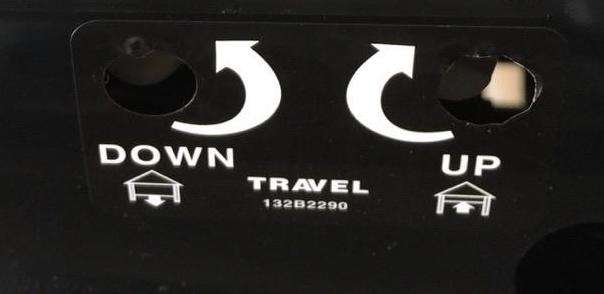
Another issue you may have is the travel limits on your garage door opener will be out of adjustment. This means your garage door could go down, hit the ground, and go back up. This is a common issue when the belt slips on the sprocket, therefore causing the limit settings to be off.
The article we wrote comparing chain vs. belt garage door openers goes into greater detail about issues you may see with belt drive openers.
Garage Door Opens a Little and Stops
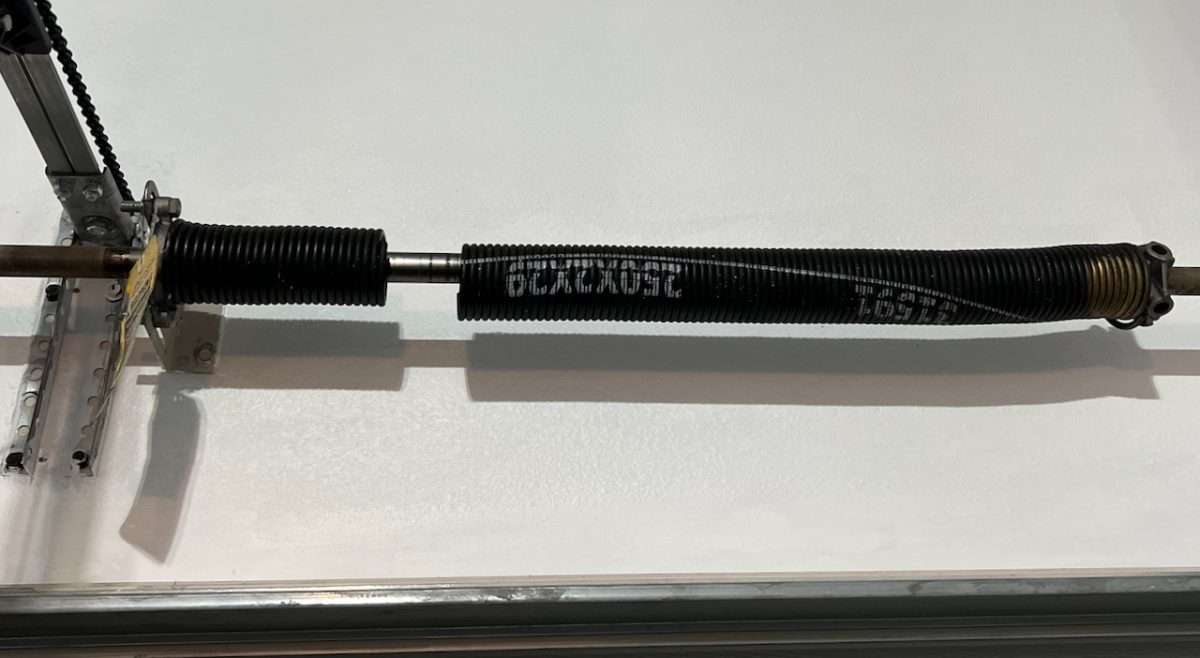
If there was a third most common phone call a garage door company receives, it would be my garage door goes up a few inches and stops. If you are experiencing this issue, you may have a broken spring on your garage door. The springs on your garage door are what do the heavy lifting, not your automatic opener.
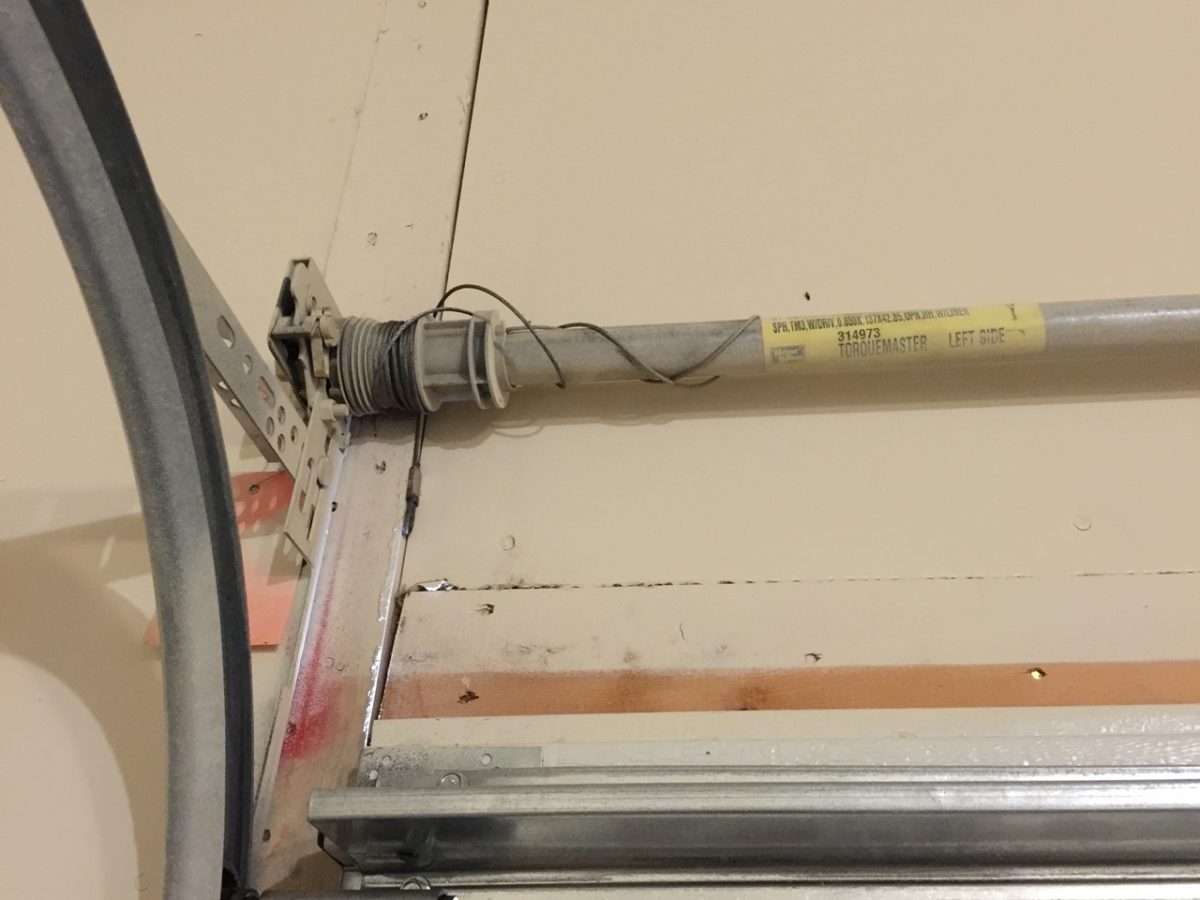
If you have a newer home, you may have a Wayne Dalton Torquemaster Spring, which is a tube mounted above your garage door. Torquemaster springs are mounted inside the tube, so you will not be able to see when they break. The door will be heavy to open, or it may lock itself in the open position if it does fully open.
Garage Door Won’t Close
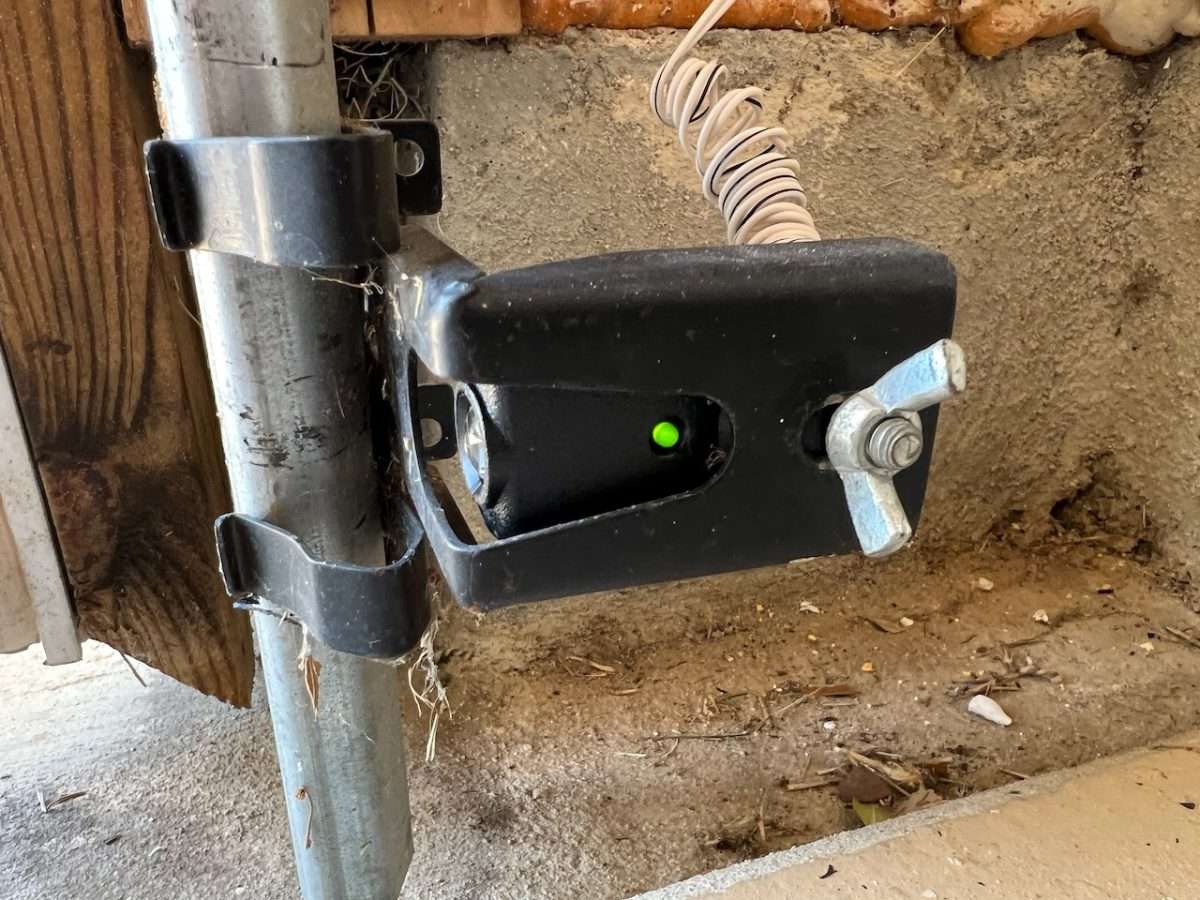
Like mentioned at the beginning of this article, phone calls asking why a garage door is not closing are one of the most common calls we receive. While safety sensors are great at keeping people and pets safe, they can be a thorn in the side of many homeowners.
A busy family in and out of the garage or someone sweeping on a Saturday can easily bump a sensor and knock it out of alignment. Take a look at your safety sensors to make sure the lights are shining.
A Chamberlain or LiftMaster opener should have one green and one amber light. Both should be shining solid when viewed closely, which means they are aligned. Genie openers will have a red and green light, which means they are aligned correctly.
Remember, the wider your garage door, the harder it can be to align the safety sensors. One small adjustment can be off by several inches over a 16 or 18ft span.
Garage Door Motor Keeps Running
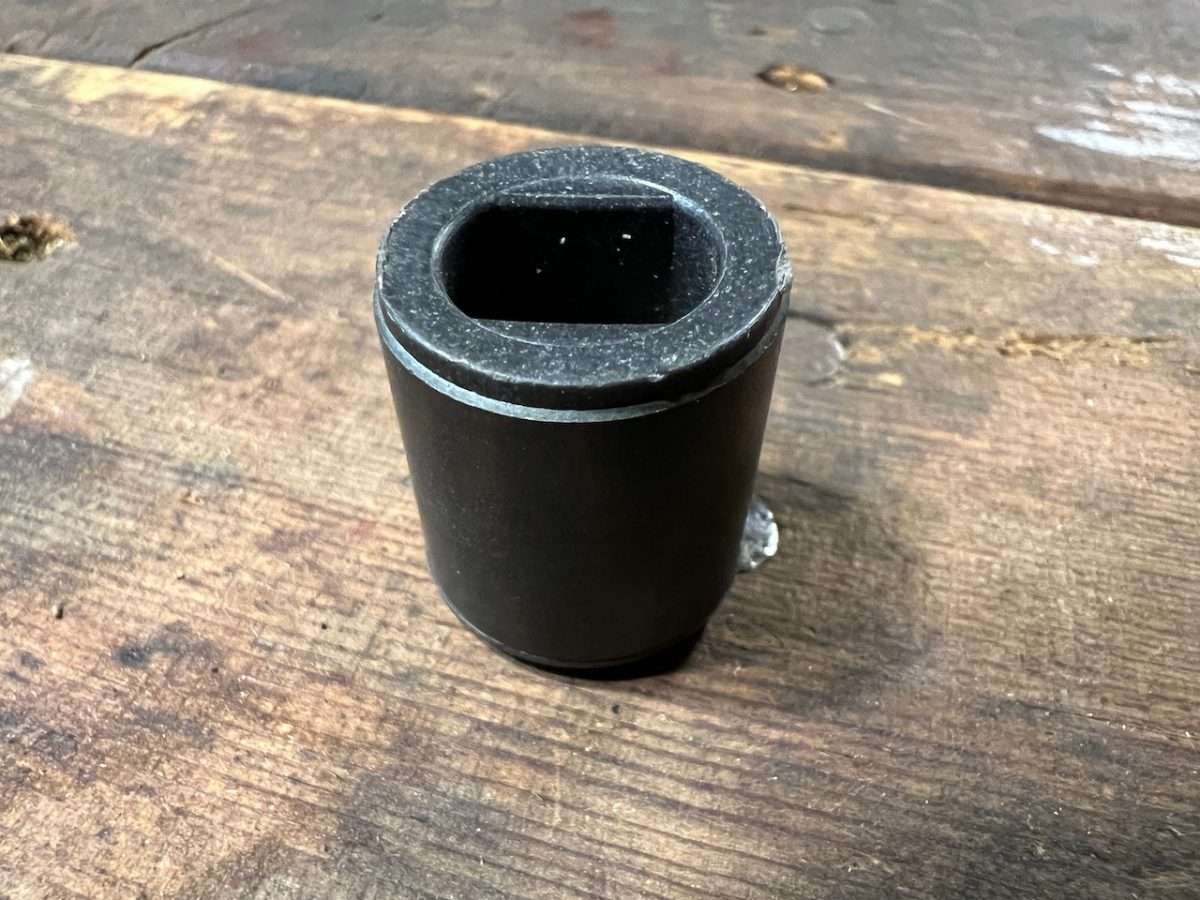
Genie screw drive openers with a stripped screw drive coupler were notorious for continuously running until the homeowner pressed the wall button to stop the opener. The reason for this is the trolley does not move down the rail when the coupler is stripped out.
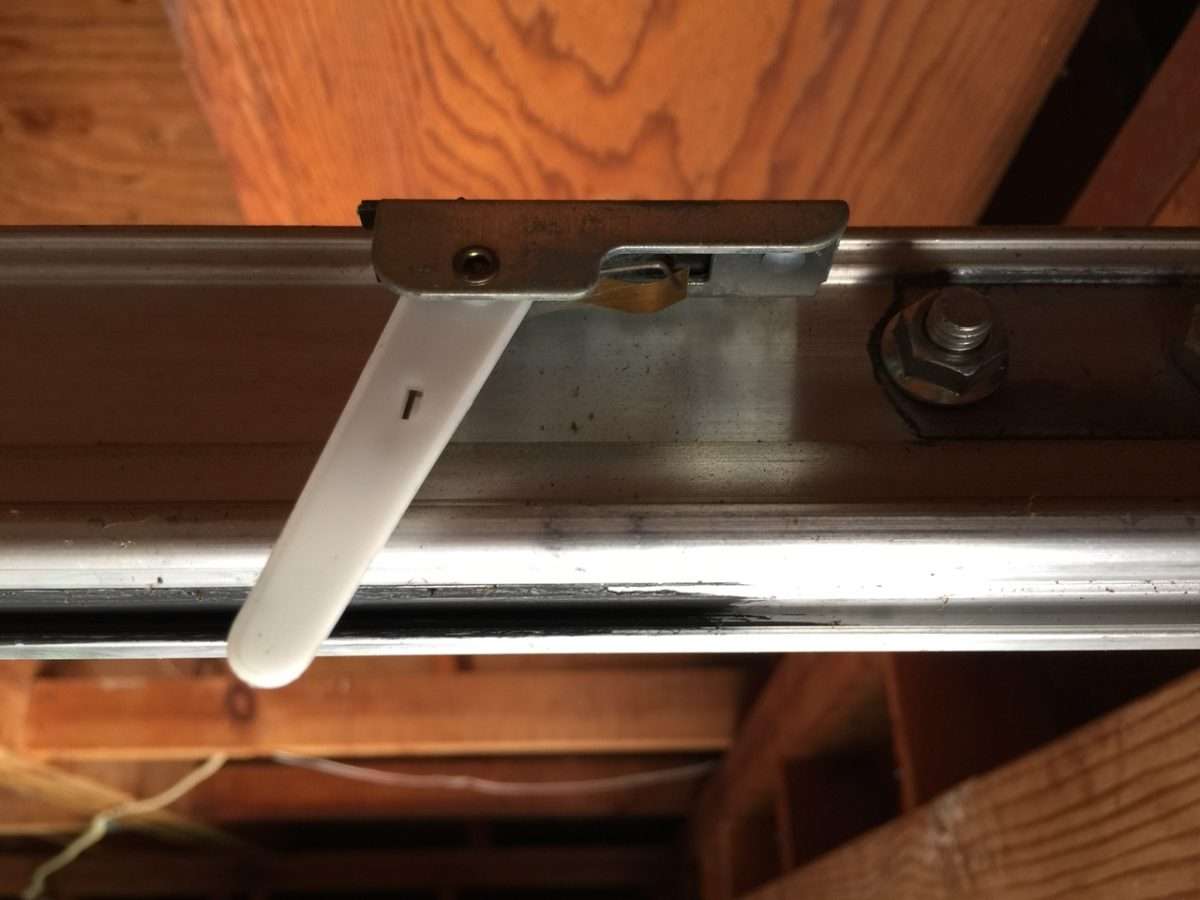
The trolley on an older Genie screw drive opener is what hits the flip switches on the rail, therefore grounding out the motor, causing it to shut off. If the trolley doesn’t move down the rail, it will not hit these switches which means your motor will run continuously until you manually hit the wall button or the capacitor blows.
Conclusion
The garage door has become the main entry point into the home, and it’s something you rely on every day. It can be frustrating when your garage door motor won’t move your door, especially when you’re rushing trying to leave for work.
You can guarantee, if you own a home with a garage door motor, you will be faced with this issue one day. Hopefully, this article has laid out some useful tips that will either help you resolve the issue yourself or steer you in the right direction, so you can have it repaired.
If you’re curious as to how much it costs for repair, take a look at the complete article we wrote titled: How Much is Garage Door Repair and Installation?

